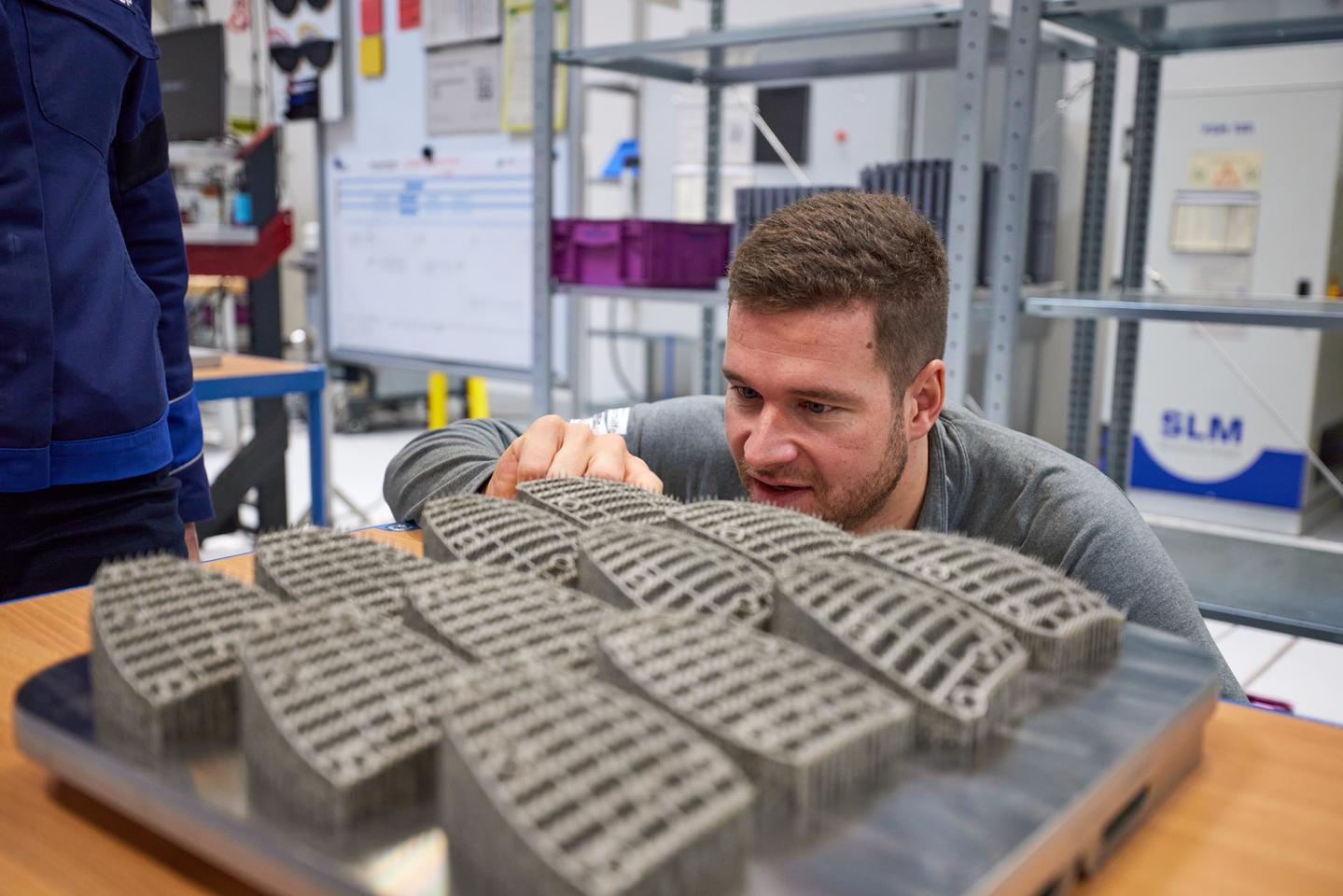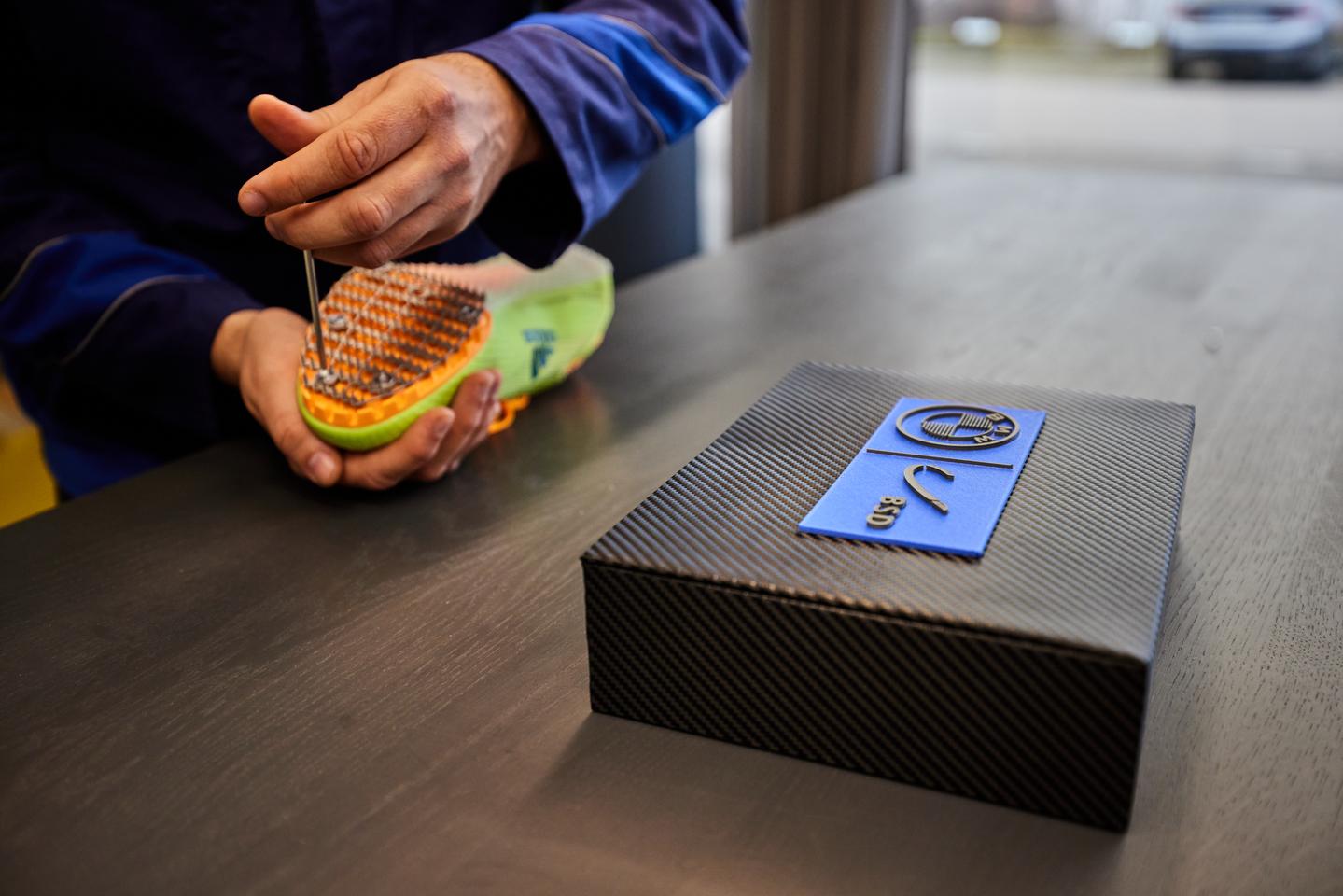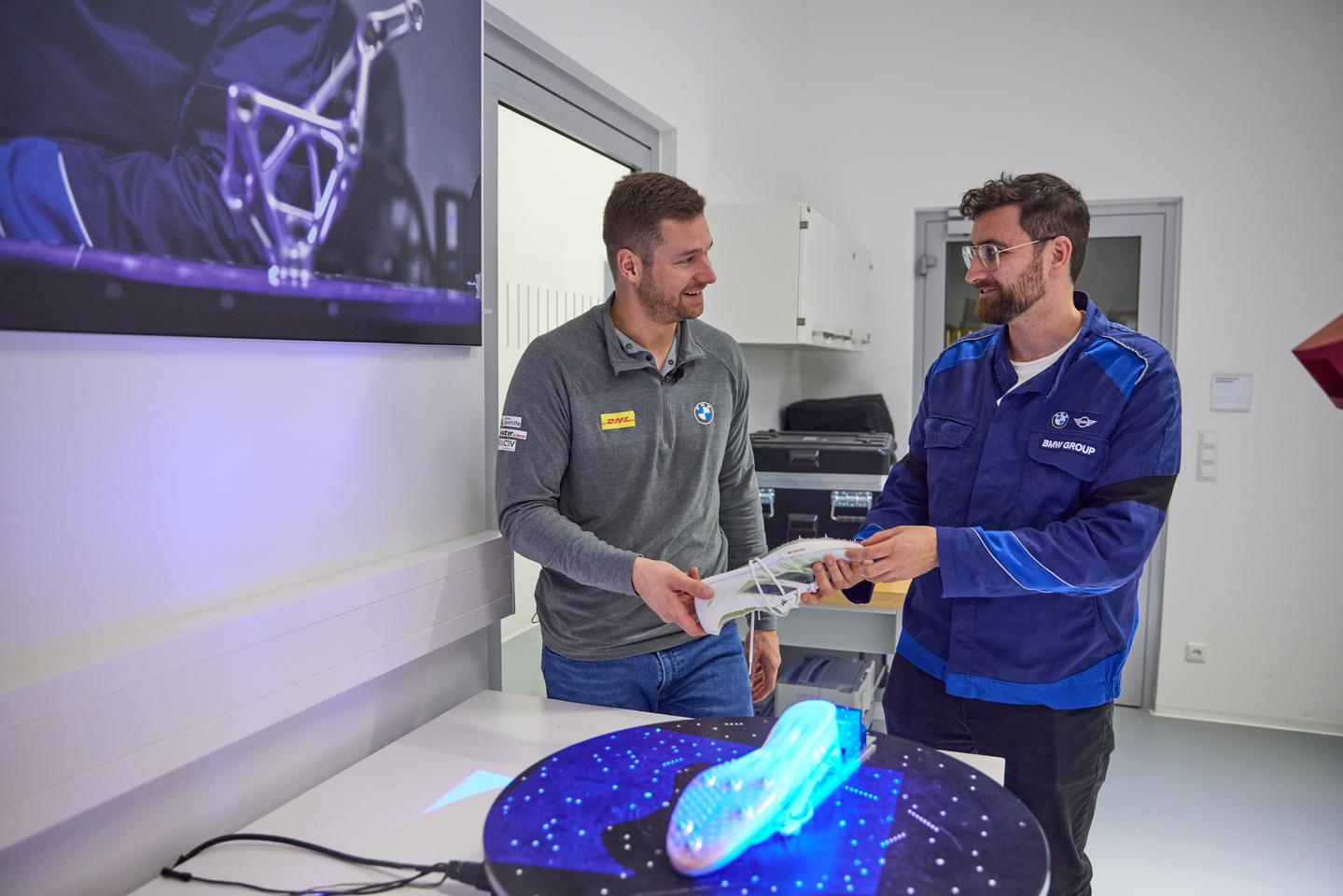There’s only a few seconds of running in a bobsleigh heat, but one slip can skittle the whole team. Seeing the need for high-performance ice sport footwear, BMW has jumped in to build custom, 3D-printed traction aids for the 2025 Winter Olympics.
In the world of bobsleigh, success is a delicate balance between athlete performance, equipment quality, and steering precision. While the focus has often been on the athletes’ strength and technique, the importance of footwear cannot be underestimated, especially during the crucial push-off phase of the race. Ice is slippery, so grip and force transfer are critical.
Unlike track and field, where a variety of spiked shoes cater to individual preferences, the options for ice-based sports to date have been limited. Thus, BMW has partnered with the German Bobsleigh, Luge, and Skeleton Federation (BSD), with an innovative solution: customized spike plates developed using advanced 3D printing technology, targeted at maximizing performance and comfort for athletes competing at the highest level.
Traditionally, bobsleigh shoes come with fixed rows of nails, rendering them non-replaceable and limiting their lifespan. BMW is designing its approach around interchangeable spike plates that can be tailored to individual sledders’ preferences and performance goals.

BMW Group
The production process begins with a 3D scan of an individual’s shoe and the design of spike plates that perfectly match the topography. BMW’s Additive Manufacturing Center then prints the plates, layering metal powder with laser welding for precision and durability. There’s scope to test and experiment with various alloys to refine each design.
“We have been using 3D printing to make components for prototypes, customized one-offs, as well as for series production for more than 30 years,” said Claudia Rackl, BMW Group Additive Manufacturing Projects & Qualification. “The major advantages of 3D printing are the time and cost savings as well as a high degree of flexibility. This allows us to quickly manufacture, test and efficiently optimize different variants.”

BMW Group
The potential applications of this technology extend beyond individual preferences. By automating the adaptation process, BMW can produce spike plates for different shoe sizes, attachment points, and even weather conditions, offering athletes unprecedented versatility and performance optimization.
Initial trials in the World Cup have yielded promising results, with athletes praising the comfort and performance of their new spikes. While further adjustments are underway, everyone’s working to make sure they’re perfectly kitted out and getting the most out of the tech in time fot the 2026 Winter Olympics.

BMW Group
“We tested the spike plates in the World Cup and received a lot of positive feedback from the athletes,” said bobsleigh head coach René Spies. “Nevertheless, a few tweaks are still necessary here and there, but we expect to have the perfect shoes to compete in by the 2026 Olympic Winter Games at the latest.”
Source: BMW Group
Source of Article